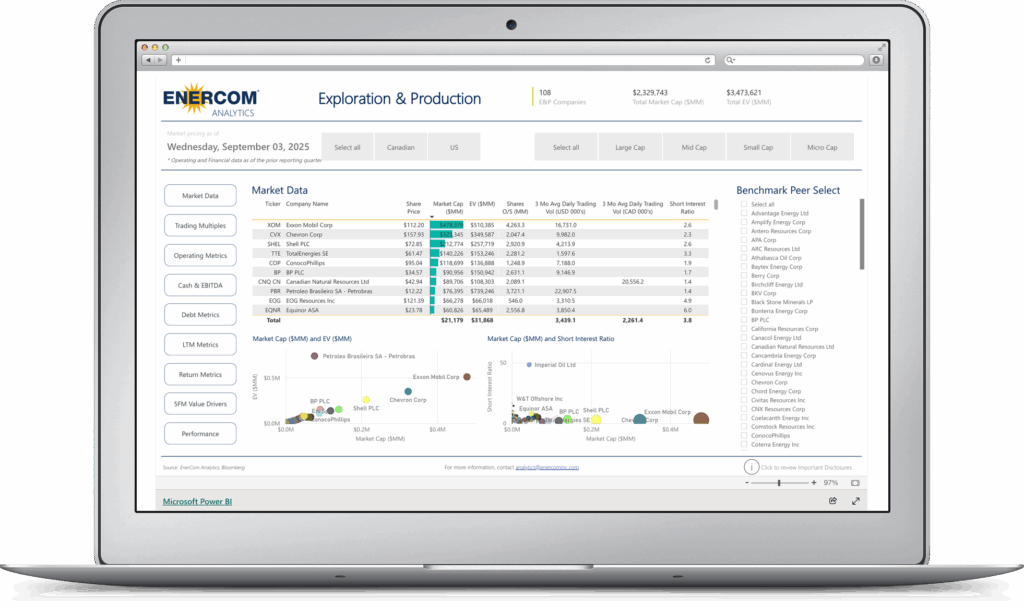Process works in seconds
Researchers at The University of Texas at Austin believe they have found a fast method for separating mixed oil and water using nanoparticles.
Most commonly-used methods for separating produced oil and water successfully recover about 95% of the oil from the water. However, the remaining 5% represents both lost revenue and additional struggles for the operator. Residual oil makes water disposal more complicated, and therefore more expensive.
UT researchers have turned to nanoparticles to solve this problem.
“Nanoparticles” is a general term for tiny particles. The technology of nanoparticles is still emerging, but they have found uses in many different applications, from medicine to manufacturing.
To separate intermixed oil and water, the researchers designed a coating for magnetic nanoparticles. The coating used is a polymer with a positive surface charge. Because oil droplets are often negatively charged, the coating allows the particles and oil droplets to stick to each other. A magnet is then used to pull the nanoparticles, which themselves pull the oil droplets.
The researchers report that the nanoparticles could just as easily be coated with a negatively-charged polymer, allowing the process to work on positively-charged substances. The entire process reportedly only takes a few seconds.
Multiple applications are possible-not just treating produced water
The UT research team is now developing a water treatment system based on the process.
Designed with oil producers in mind, this system will need to be able to handle a large volume of oil and water quickly, as continually improving wells mean producers need to handle increasing volumes.
The overall concept, putting a “sticky” coating on a magnetic core can be applied to more than just treating produced water. The researchers are looking at designing a system for cleaning up oil spills, and the system could be used in the process of recycling fracturing fluid. Depending on the coating, lead and other contaminants could be removed from drinking water, meaning the system’s uses are not merely oil and gas related.
UT Austin reports that the research received funding from Maersk Oil and the Nanoparticles for Subsurface Engineering Industrial Affiliates Program.

